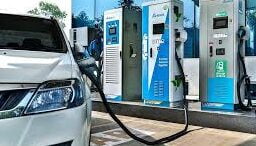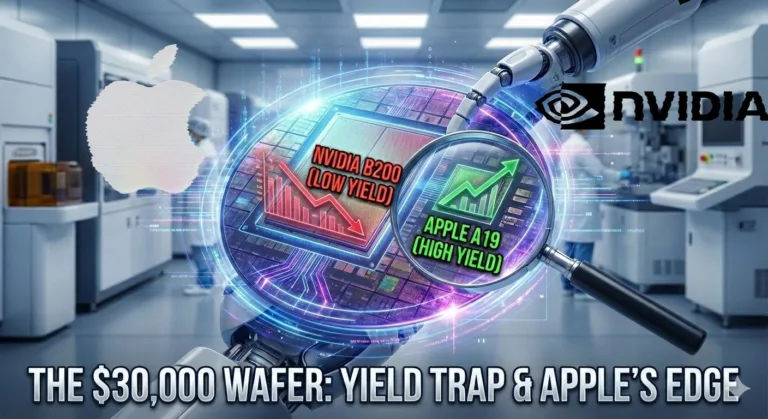I. Introduction
The shift towards sustainable transportation has gained momentum with the rise of electric vehicles (EVs), and at the core of this transition lies the crucial aspect of Electric Vehicle charging.
A. Definition of EV Charging
Electric Vehicle charging refers to the process of supplying electrical energy to recharge the batteries of electric vehicles. This fundamental concept is pivotal for the widespread adoption of Electric Vehicles, enabling them to function as practical alternatives to traditional internal combustion engine vehicles.
B. Importance in the Transition to Electric Vehicles
The introduction of Electric Vehicle charging plays a pivotal role in the broader context of transitioning to electric vehicles. As the world seeks cleaner and more sustainable modes of transportation, the accessibility and efficiency of Electric Vehicle charging infrastructure become key determinants in encouraging individuals and businesses to embrace electric mobility. The convenience and reliability of charging solutions directly impact the viability and acceptance of Electric Vehicles on a global scale.
II. Types of EV Charging
A. Level 1 Electric Vehicle Charging
Level 1 charging involves the use of a standard household outlet, providing a low-power charging option. While suitable for overnight charging, it may not meet the demands of those seeking faster turnaround times.
B. Level 2 Electric Vehicle Charging
Level 2 charging utilizes higher-powered charging stations, commonly found in public spaces and residential settings. Offering quicker charging times compared to Level 1, it caters to the evolving needs of electric vehicle users.
C. DC Fast Charging
DC Fast Charging stands out as the fastest option, especially for long-distance travel. This technology delivers high-voltage direct current, significantly reducing charging times and enhancing the practicality of electric vehicles for various applications.

III. EV Charging Infrastructure
A. Home Charging
Charging at home is a foundational aspect of Electric Vehicle ownership, providing users with the convenience of starting each day with a fully charged vehicle. Residential charging stations are essential for integrating electric vehicles into daily life seamlessly.
B. Public Charging Stations
Public charging stations are critical for addressing the charging needs of electric vehicle users on the go. These stations are strategically located in urban areas, along highways, and at popular destinations, ensuring accessibility and convenience.
C. Workplace Charging
Workplace charging promotes Electric Vehicle adoption by offering charging solutions at places of employment. This not only supports employees who may not have access to home charging but also contributes to a sustainable corporate environment.
IV. Components of EV Charging System
A. Charging Stations
Charging stations, whether at home or in public spaces, serve as the physical interface for supplying electricity to electric vehicles. The design, capacity, and accessibility of these stations are vital factors in shaping the EV charging experience.
B. Charging Cables
Charging cables are the conduits through which electrical energy flows from the charging station to the electric vehicle. Their durability, compatibility, and safety features are paramount for a seamless charging process.
C. Charging Connectors
Standardized connectors ensure interoperability across different EV models and charging stations. Common charging connectors, such as CCS, CHAdeMO, and Tesla Supercharger, play a crucial role in simplifying and unifying the charging infrastructure.
V. Charging Standards
A. CCS (Combined Charging System)
The Combined Charging System is a standardized charging protocol that integrates AC and DC charging into a single plug. Widely adopted, CCS contributes to a more unified and efficient charging infrastructure.
B. CHAdeMO
Developed by Japanese automakers, CHAdeMO is a fast-charging protocol supporting DC charging. Although widely used, its prominence is being challenged by the emergence of CCS.
C. Tesla Supercharger
Tesla Supercharger is a proprietary fast-charging network designed for Tesla electric vehicles. While exclusive to Tesla, efforts are ongoing to enhance cross-compatibility with other charging standards.
In the next part, we’ll delve into the impact of charging time and range, and the concept of smart charging in the evolving landscape of electric vehicle technology.
Till then to know more about EV Charging Click Here.
Discover more from WireUnwired Research
Subscribe to get the latest posts sent to your email.



